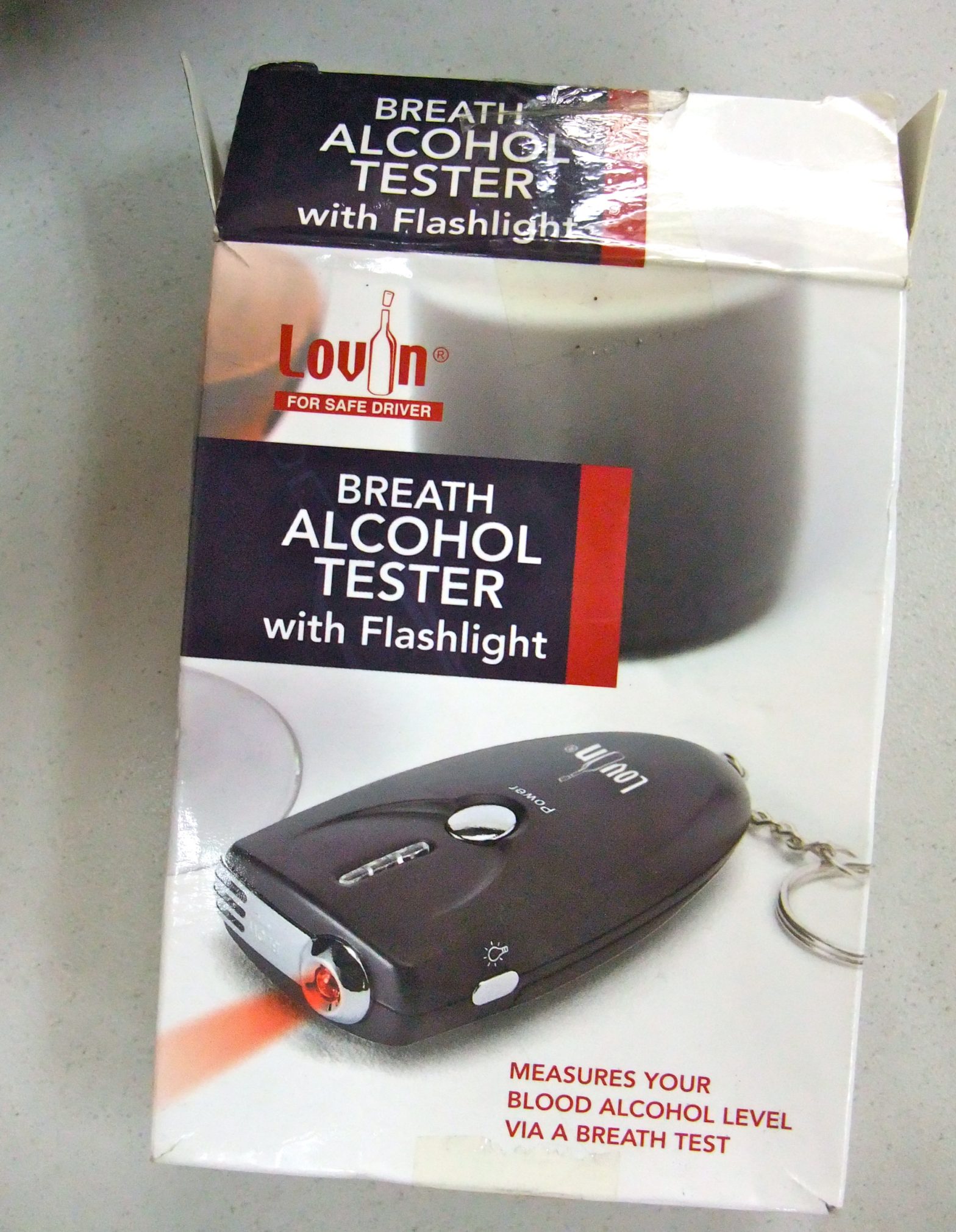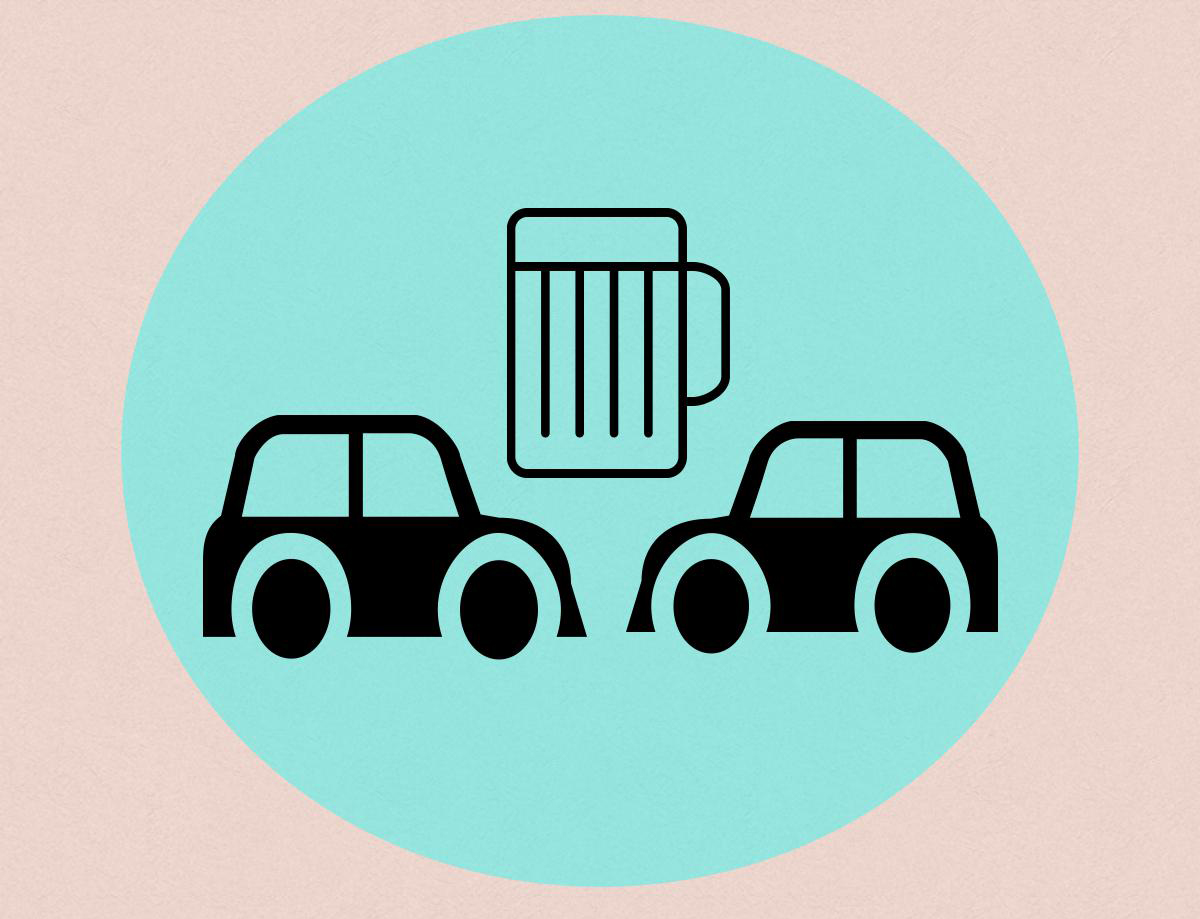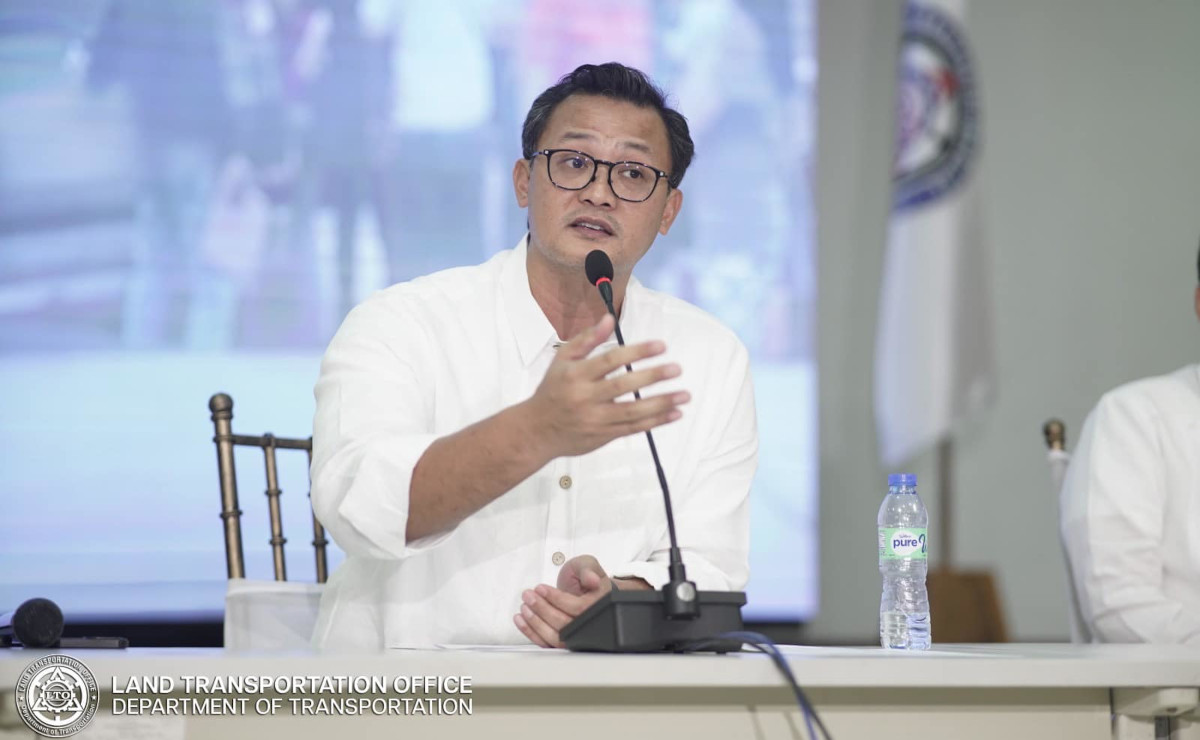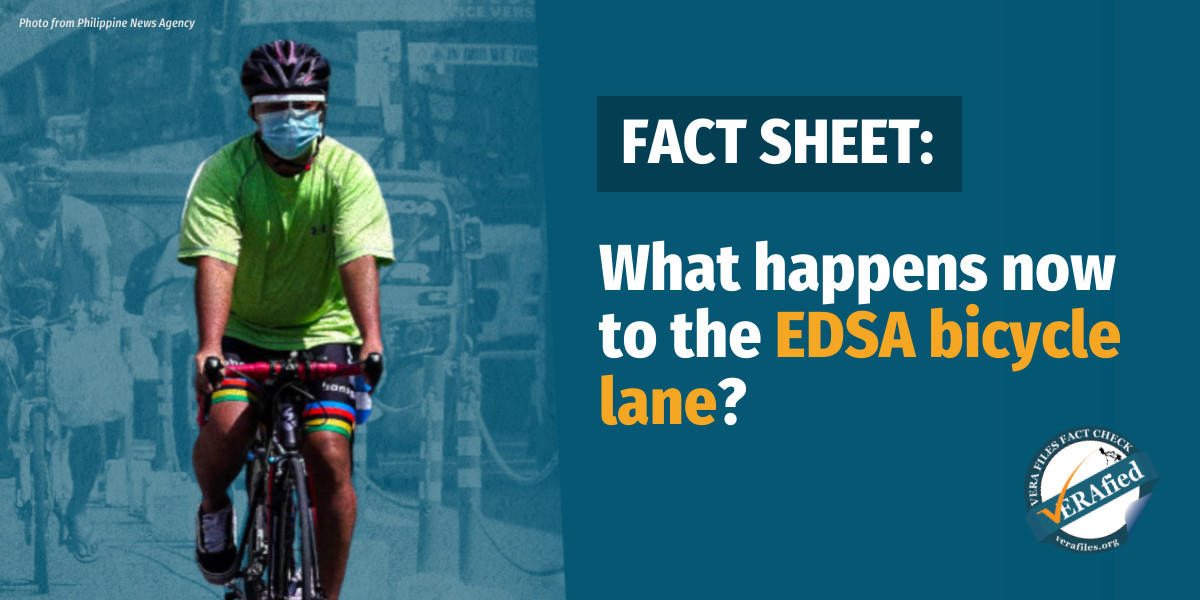By DINNA LOUISE C. DAYAO
One day in December 2015, Dr. Carol Araullo was riding a pick-up that was cruising on Commonwealth Avenue. Suddenly, a driver in a sedan rammed into a multicab vehicle; the multicab spun from the impact and hit the pick-up.
Six passengers of the multicab were injured in the three-car crash, according to a news report. The doctor, her husband, and the driver of the pick-up were unhurt. The pick-up, though, was severely damaged. It was not reported whether the driver of the sedan, a Korean, was injured.
Dr. Araullo narrated in a blog post: “… my husband heard a policeman say that the Korean driver reeked of alcohol. He told me that the investigators on the scene had no breath analyzer. I proceeded to the ER to ask whether the hospital could check for blood alcohol levels but was told they did not have the capability. The ER nurse and resident-on-duty however noted that the Korean had ‘positive alcoholic breath,’ ‘+ AB,’ and assured me this observation would be written on his chart.”
She and her husband then went home to rest. After a day or two, they attended an inquest at the fiscal’s office at the Quezon City Hall of Justice.
Missing piece
Dr. Araullo told the fiscal that the Korean driver seemed to have been driving drunk. She wrote, “The fiscal flipped through the documents submitted by the police and flatly said the medico-legal certificate the police attached to their report did not mention any such finding.”
Taken aback, the doctor and her husband went back to the hospital. They verified that the ER resident-on-duty who examined the Korean had written her finding of “+ AB.” But since this finding was considered “subjective,” the medico-legal officer of the hospital did not include it in his certificate.
“What would be considered ‘objective’ findings?” asked Dr. Araullo. “The results from a breath analyzer or blood alcohol levels, none which was availed of by the accident investigators. It turns out that such a crucial piece of information had been missed out, inadvertently or deliberately, we will never know.”
Dr. Araullo’s account shows how, for want of a breathalyzer, an apparently drunk driver got off scot-free.
RA 10586
The Philippines does have a drunk driving law in Republic Act (RA) 10586. It is known as the “Anti-Drunk and Drugged Driving Act of 2013.”
The Act states that within four months from its effectivity in 2013, the Land Transportation Office (LTO) and the Philippine National Police shall acquire “sufficient breath analyzers” for the use of law enforcers and deputized local traffic enforcers nationwide. The LTO is the lead agency for enforcing RA 10586.
According to a news report, though, the LTO only acquired the breathalyzers in February 2015. And the agency obtained only 150 units of the Fit 333 model for use throughout the entire archipelago. Since then, the number of devices has stayed the same.
Each unit of the Fit 333 model costs P68,000. The test results from this model have “evidentiary value,” said Roberto Valera, who heads the traffic safety department at the LTO. “If you file a case against the driver, you need to show the printed test result in court.”
The thermal paper on which the test results are printed is guaranteed to not fade in five to seven years, said the lawyer. That covers the need to present the original during the hearing.
“To have an airtight case, the breathalyzer must be accurate,” he said. It is calibrated every six months or every 2,000 tests, for free by Eurolink, the provider of the device.
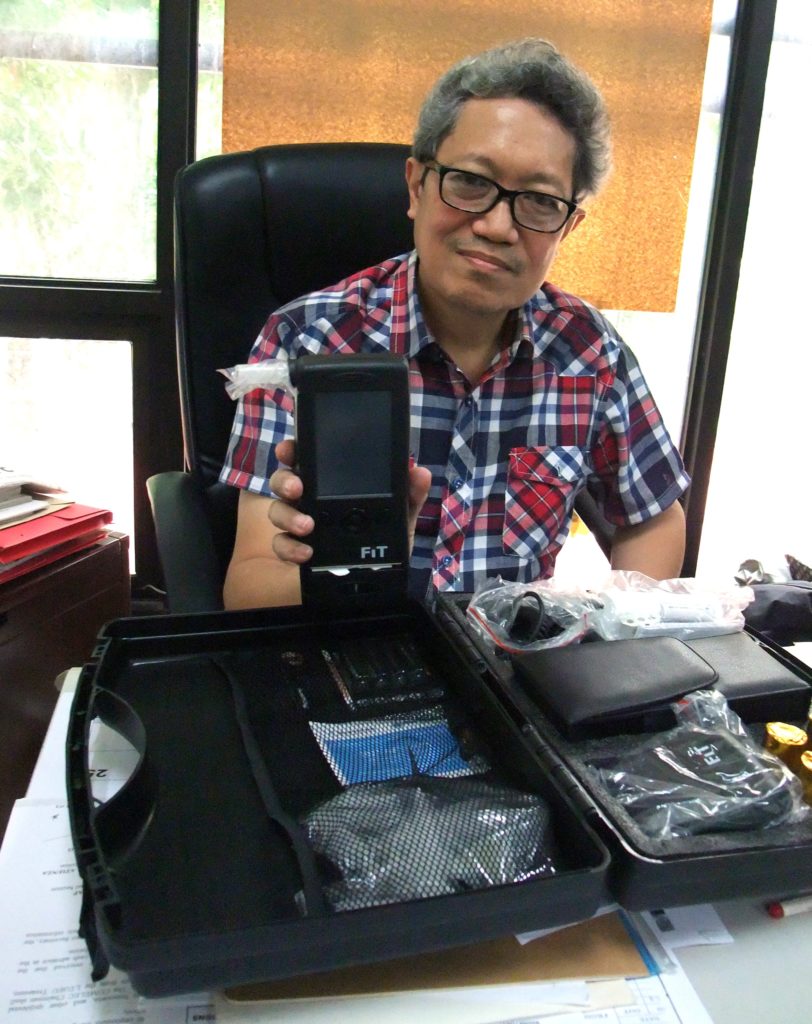
Under-utilized funds
The budget to buy the 150 units came from the collected motor vehicle user’s charge (MVUC), said Mr. Valera. The Act’s Implementing Rules and Regulations (IRR) state that the LTO will use the Special Road Safety Fund to buy these devices and to carry out the training indicated in RA 10586.
This use is provided for under Section 7 of RA 8794. The said Act imposes a MVUC on owners of all types of motor vehicles in the Philippines. The monies are placed in four special trust accounts in the National Treasury and are distributed as follows:
- Special Road Support Fund, 80%;
- Special Road Safety Fund, 7.5%;
- Special Vehicle Pollution Control Fund, 7.5%; and
- Special Local Road Fund, 5%.
Dr. Ma. Sheilah G. Napalang et al. wrote a paper assessing the use and impacts of the MVUC in the country. In it, the authors state that a total of P112.5 billion was deposited to the MVUC fund from 2001 to 2014.
From 2001 to 2014, P105 billion was paid out through the four special accounts, they report. Of the total releases in the same period, P7.75 billion — or 7.4% — came from the Special Road Safety Fund.
This is .1% less than the allotted 7.5%, which comes out to a whopping P1 billion in under-utilized funds. That sum could have been used to buy 14,705 Fit 333 breathalyzers.
But that did not come to pass. As a result, there are simply too few breathalyzers to effectively serve the needs of the drivers in the country.
The LTO reports that in the first quarter of 2016:
- 613,772 people got student permits;
- 555,204 obtained new or renewed non-professional licenses; and
- 783,927 got new or renewed professional licenses.
The grand total is 1,952,903 drivers for that quarter alone.
Dismal rating
“The constraint we’re encountering in implementing RA 10586 is the lack of the alcohol breath analyzers,” said Valera. “We cannot do our job because we have no equipment, and that is a requirement of the law.”
Not surprisingly, the Philippines got a dismal 1 out of 10 rating in the implementation of the drink driving law in the World Health Organization’s Global status report on road safety 2015.
This rating came from the consensus group, not from the WHO, said Dr. Tamitza Toroyan, technical officer and coordinator of the WHO report. Dr. Toroyan and her team had eight road safety experts from the Philippines meet and asked them to rate the implementation RA 10586.
“We got the median of their scores and came out with 1,” she said. The rating is subjective. “Still, it does give you an indication that road safety experts in the country consider implementation of the law lacking.”
When a breathalyzer comes in handy
RA 10586 states that the law enforcer needs to have “probable cause” to believe that the driver is under the influence of alcohol. This means that the law enforcer first needs to witness a violation — such as lane straddling, speeding, and swerving. Only then can he can flag down a driver.
He then conducts three field sobriety tests and records the driver’s responses. If the driver passes all tests, he shall be apprehended for the traffic offense only and not for violation of RA 10586.
But what happens if the driver fails any of the tests? That’s when having a Fit 333 breathalyzer on site comes in handy.
The law enforcer will proceed to use the device to determine the driver’s blood alcohol concentration level. The driver blows into the mouthpiece of the device. Within minutes, the breathalyzer prints the result. If the driver registers a level higher than the legal limit, he shall be arrested and the motor vehicle impounded.
The Act defines driving under the influence of alcohol as “the act of operating a motor vehicle while the driver’s blood alcohol concentration level has, after being subjected to a breath analyzer test, reached the level of intoxication, as established jointly by the Department of Health, the National Police Commission, and the Department of Transportation and Communications.”
The following blood alcohol concentration limits are stated in the Act’s IRR.
| Blood alcohol concentration limit | Grams per deciliter |
| For drivers of private motor vehicles with a gross vehicle weight not exceeding 4,500 kg. | < 0.05 |
| For drivers of trucks, buses, motorcycles, and public utility vehicles | 0.00 |
“Whenever practicable”
In case of a crash, the procedure changes. The law enforcer already has probable cause. The IRR state that the driver is required to take the field sobriety tests and undergo breathalyzer testing, “whenever practicable.”
And in that phrase lies the rub, said Mr. Valera. “What if, for example, the driver is lying on a stretcher and cannot do the sobriety test, or if he is injured and cannot breathe into a breathalyzer?”
Such was the case when he was called to do a breathalyzer test on a Korean driver who was involved in a three-car crash on Commonwealth Avenue last year. “The driver’s mouth was swollen, and his ribs were broken,” he said. The driver could not breathe into the mouthpiece of the breathalyzer. In short, the driver could not be tested for alcohol.
Asked if the driver was the same driver mentioned in Dr. Araullo’s account, Mr. Valera replied, “Because we could not use the breathalyzer and follow the protocol, we did not get to the point of asking for the driver’s license.”
The law states that a law enforcer may use “other alcohol testing equipment, such as Gas Chromatography-Mass Spectroscopy.” Using this instrumental technique, complex mixtures of chemicals may be identified and quantified. But a quick Internet search shows that Gas Chromatograph-Mass Spectrometers can be found only in two laboratories attached to universities in Metro Manila.
Mr. Valera said that the law is implemented in favor of the accused; the burden of proof rests with the LTO. However, other options for testing for alcohol, such as blood tests, are not in the IRR. “So insisting on a blood test could be a violation of the driver’s rights,” he said. “We need to amend the law to provide for other options.”
Too few deputized law enforcers
The dearth of breathalyzers has tied the hands of many law enforcers. “Other agencies partnering with us are very eager to implement the law, but they do not have breathalyzers,” he said.
The lack of breathalyzers also concerns Myra Nazarrea. She heads a road safety project that supports the implementation of RA 10586 within Metro Manila. Global Road Safety Partnership and Bloomberg Philanthropies fund the project.
“One of our priorities is to have 500 MMDA traffic enforcers in Metro Manila deputized by the LTO by November 2017,” said Ms. Nazarrea. “Right now, we have only four deputized enforcers.” And none of them have access to any breathalyzers, she said.
Many MMDA enforcers are applying for the training, but the LTO has few trainors. “The bottleneck is at the LTO,” she said.
Mr. Valera is the main resource person for RA 10586 in the Philippines. Last year, he traveled throughout the country to conduct 28 seminars on the Act for deputy law enforcers. Here is a table showing his accomplishments.
| Number of personnel trained | Number of deputized agents | Number of drivers given field sobriety tests | Number of drivers tested using the FIT 333 breathalyzer | Number of drivers apprehended with cases filed in court | |||
| Passed | Failed | Passed | Failed | ||||
| 2015 total | 4,842 | 922 | 54 | 16 | 14 | 6 | 6 |
In 2015, he and his staff trained 4,842 participants in 28 seminars. Only 922 people, though, went on to become deputy law enforcers.
Why so few? “The law enforcers are concerned about being harassed,” he said. “If you apprehend someone, and he knows that he could be imprisoned or lose his driver’s license, that person will contest that apprehension. Who will be the lawyers for the law enforcers if they get sued?”
Keep in mind, too, he said, that the apprehending teams are deployed in the wee hours, usually from 10 p.m. to 2 a.m. “And some law enforcers are not dedicated only to apprehend drunk drivers,” said the lawyer. They have other duties, such as the recent Oplan Balik-Eskwela.
“Right now they accept no pay,” he said. “We are still working on a financial package that will encourage them to render overtime and to protect them because some drivers may be dangerous.”
This story first came out in Business World Weekender and was produced under the Bloomberg Initiative-Global Road Safety Media Fellowship implemented by the World Health Organization, the Department of Transportation and Communications, and VERA Files.
